Project Management Triangle – Balancing Scope, Time, and Cost

Sorry, there were no results found for “”
Sorry, there were no results found for “”
Sorry, there were no results found for “”
Dec 12, 2022
13min read
Client expectations, the unpredictable nature of modern work environments, and limited resources all make managing clients, your team, and projects challenging.
So, project managers have become an essential part of almost every business, no matter what their size or sector, in order to manage projects and facilitate client-team communications.
In this article, we’ll walk you through what is project management triangle, how it works, why it works, and how you can use project management tools to help implement this triangle in your role as a project manager.
Following decades of dedicated research into project management best practices, one of the fundamental pillars of the job has come to be known as the Project Management Triangle (PMT).
The PMT, also known as the Golden Triangle, Iron Triangle, and Triple Constraints Triangle, is the secret weapon in the project manager’s arsenal as it provides a visual aid and a conceptual and practical framework for successful management.
The Project Management Triangle has been around since the 1950s and continues to evolve. Today, there is a British version, as well as a U.S. version (the latter being our focus), as well as something called an Agile Triangle rebuilt specifically for Agile teams. Nevertheless, 70 years on and the core tenets of the Iron Triangle remain the same as effective today as they were at their inception.
Now, let’s get into how it works.
The Golden Triangle of project management is a visual aid with a triangle whose three sides represent the three core constraints affecting the overall quality of a project’s end product (represented by the planar space in the middle of the triangle).
Here are the three elements of a Project Triangle:

It’s the project manager’s job to manage these three factors as they affect the project team, the quality of the final product, and ultimately, the project’s success.
The PMT works because it demonstrates how these three factors are linked with simplicity which makes it ideal for client communication. Every project is established with a project budget (cost), a deadline (cost), and an end goal of varying size, magnitude, and complexity (project scope).
This triangle also represents the balance that must be maintained between the triple constraints. In other words, if one variable changes, adjustments must be made to the other two to restore balance.
For example, if a deadline gets extended and it decreases the time available, then costs have to be increased or scope reduced to ensure the new deadline is met and the product remains quality.
PMT is also called the Iron Triangle because the three different sides (time, project cost, scope) can be thought of as exerting opposing forces against each other.
In other words, the points of the PMT will naturally gravitate away from each other. For example, if scope creep occurs or costs begin to soar, the triangle will become unproportionate and break, and the quality contained therein will be lost.
For successful project execution, the project manager needs to carefully negotiate the relationship between the triple constraints to maintain a strong, rigid triangle. However, there are specific types of relationships between certain constraints that cannot be changed:
It’s important to know the difference between the two.
The relationship between scope, and both cost and time, is directly proportional. If you increase the scope of a project, the cost and/or time will also have to increase. Likewise, if you decide to decrease the scope of a project, there will be room for a parallel decrease in cost and or time.
The relationship between cost and time, however, is inversely proportional. These two constraints must be balanced by moving them in opposite directions.
For example, if you reduce a project’s budget, you’ll have to push back (increase) its deadline. Similarly, if you were to face a time crunch suddenly, then costs would have to be increased to meet the new demands.
Let’s break each constraint down a little further.

The time constraints placed on a project are often some of the hardest to control and may even be out of your hands from the get-go. Time, in the project triangle, almost always refers primarily to the deadline established by the client. It’s the date they want to have the finished project deliverables in their hands.
However, there are many other elements that also feed into the time constraint of which the project manager must be aware.
Time also includes the following:
Factors such as delivery turnaround time on resources and materials play into your management of the Iron Triangle’s first constraint.
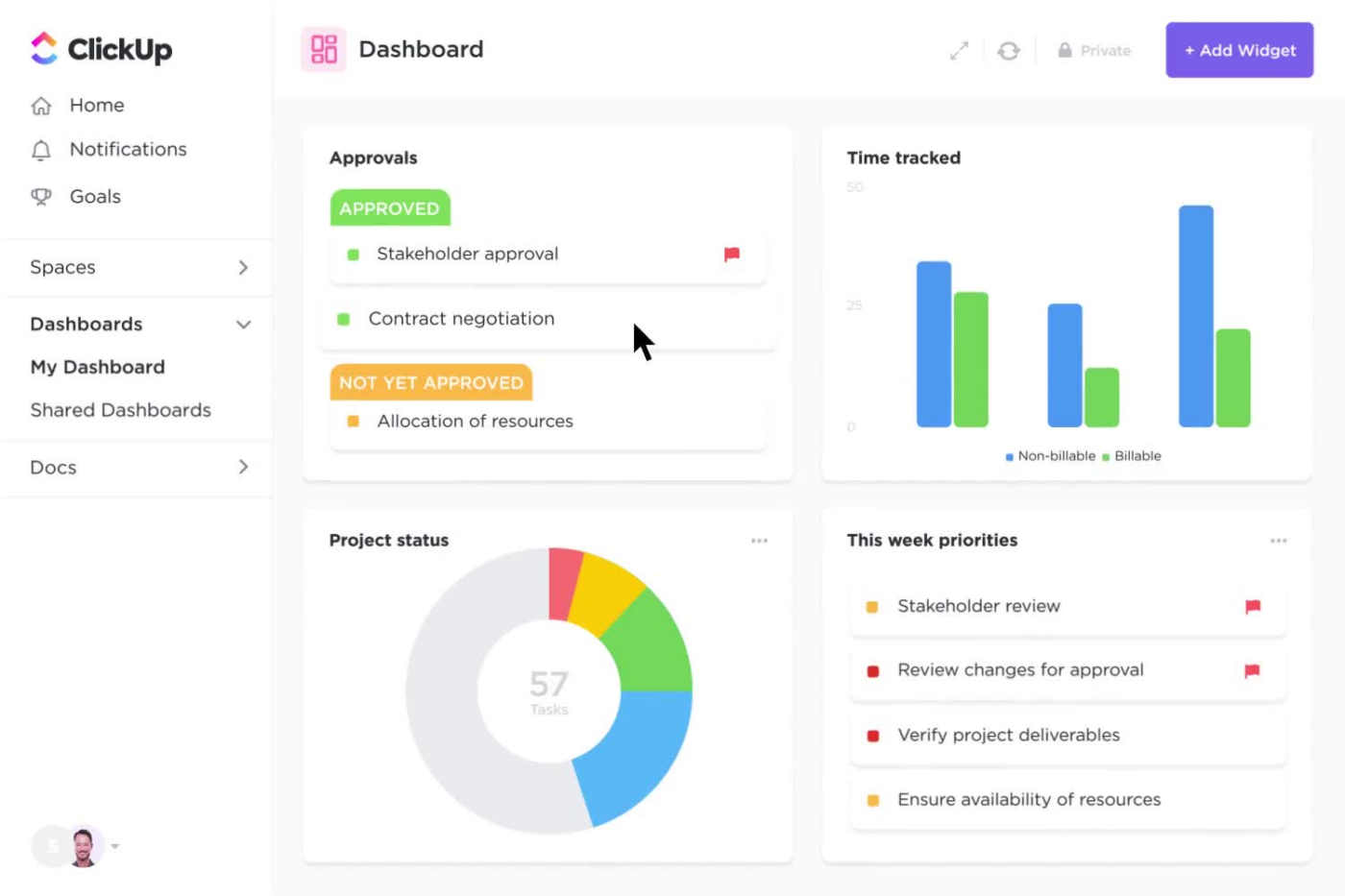
Even if the established deadline remains fixed, delays or upsets to other elements within the time constraint will require adjustments to either cost or scope to rebalance the project and ensure its success.
Here’s a quick look at some of the most common occurrences which can impact a project’s time constraint:
While the PMT requires project managers to balance the three constraints to function successfully, it’s also important to remember that there are things you can proactively do in order to minimize time disruptions and manage time better. These include:
Almost every project will have a set budget at the outset of work. As a project manager, you will often be responsible for establishing this budget based on your perceived and estimated costs relating to a number of different factors, including raw materials, facilities, inventory, equipment, tools, and talent (staff).
A good budget is both realistic and takes into account the client’s wallet, while a bad budget fails to keep track of its financial KPIs and is surpassed at the first changes to time and or scope.
Although, it’s not always up to you as a project manager to suggest a budget. Oftentimes, the client establishes the budget.
For example, a client approaching a custom auto shop to revamp their dad’s old car may only be willing to spend $20,000. This leaves it up to the garage’s project manager to manipulate the project scope and deadline in order to meet the client’s budget demands.
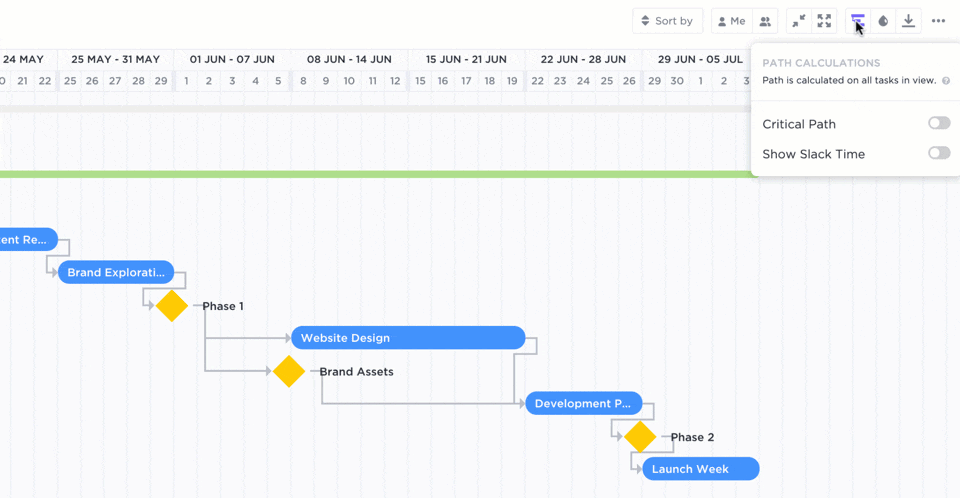
If in this scenario, the client also sets the deadline (and let’s say that deadline is tight), then the project manager has to make severe restraints on the overall scope of the revamp to foster a balance between both time and cost.
Unfortunately, there are other factors that can influence the cost and project success. Here’s a list of common factors negatively affecting a project’s cost constraint:
Here are some things you as a project manager can do to better manage cost:
Use these budget proposal templates!
Scope refers to the overall size of the project. It’s the constraint that is more difficult to define but may perhaps be thought of quite simply as the client’s end vision.
Many different factors go into the scope or size of a project. These include the following:
Essentially, the more complex and involved a project is (let’s say, the launching of a new satellite into space), the bigger its scope, and the more time and resources will have to be allocated to it to maintain project triangle balance.
In contrast, the simpler and more straightforward, tried-and-tested a project is (let’s say, building a model satellite for a film set in space), the smaller its scope, and the less time and resources the project will need to achieve project success.
Oftentimes, the scope is the variable that can be adjusted most flexibly to account for unforeseen and unavoidable changes made by the client or a third party.
The Project Management Triangle’s scope constraint can be affected by many things, including:
Some of the methods you can use as a project manager to maintain a project’s scope are:
The Project Management Triangle is not just a way to think about planning and managing projects; it is a verifiably-useful tool with which you can be a more successful project manager.
The beauty of the project triangle is that it offers flexibility, among other benefits, including:
Clients may come to you with a clear enough vision in their heads, but that doesn’t mean they’re necessarily going to be aware of the myriad complexities, such as your supply line to specialized training requirements. You can use the Project Management Triangle as a clear and concise visual aid to help client onboarding and to better appreciate the interplay between budget, scope, and deadline.
A project triangle allows you to see and efficiently act on any changes to one of your three project constraints. Using the PMT in project management allows you to create comprehensive change management plans, ensuring your team is prepared and resilient to changes.
Being aware of the push-and-pull between the three constraints of cost, time, and scope, allows you to establish the key priorities of any given project quickly. Doing so will allow you to immediately recognize your KPIs or milestones to help you clearly understand what you and each team member must hit to maintain the end product’s quality and ensure the project’s success.
The Project Management Triangle reduces the overall risk of project failure. By managing client expectations, ensuring that unexpected changes to the core constraints can be easily absorbed, and setting clear priorities for project scope with a PMT, project managers can better control the project and adjust accordingly.
Similar in design and function to the Project Management Triangle, Agile teams and professionals have developed their own take on it, which they call the Agile Triangle.
The motivation behind creating the Agile Triangle was to create more flexibility. The traditional Project Management Triangle was too rigid and could be sensitive to changes within the triple constraints.
In the Agile Triangle, the three sides (or points) are instead labeled: Value, Quality, and Constraints. Notice that here, the entire Project Management Triangle has been confined to just one side or corner of the Agile Triangle.
The benefit of the Agile Triangle is that it places greater weight on the quality of the project and the value of the project’s end product to the client. Constraints, though there remain three of them, become a singular factor in the overall management of a project.
For example, if a team is developing an app using the Agile Triangle for project management, and the client wants to increase the number of functions the end user can complete with the app (i.e. increase the value), then the project manager will have to lower the overall quality of the app, and or increase some or all of the constraints (more money, more time, bigger scope).
So, you’ve come this far. But knowing the theory behind the Project Management Triangle, and being able to put that theory into practice, are two different things.
Mastering the PMT and all its attached benefits can take years and is something that many people study at university or college for their degrees in business, management, entrepreneurship, and finance.
We’ll spend this section discussing how you can apply your newly-gained theoretical knowledge to the real world of business and project management. First, however, it’s worth mentioning that you don’t have to go it alone. Today, project managers and clients alike have access to some seriously impressive, seriously useful online digital business tools.

One of the most popular digital project management software is ClickUp, which offers users various functions integral to effective constraint balancing, change management, and team organization.
Project managers can lean on ClickUp to help them plan, manage, and track their projects. And because the entire platform is customizable, teams can configure it to support their workflow preferences, whether that be a traditional or agile project management approach or any other.
Here are some of the most notable features ClickUp offers:
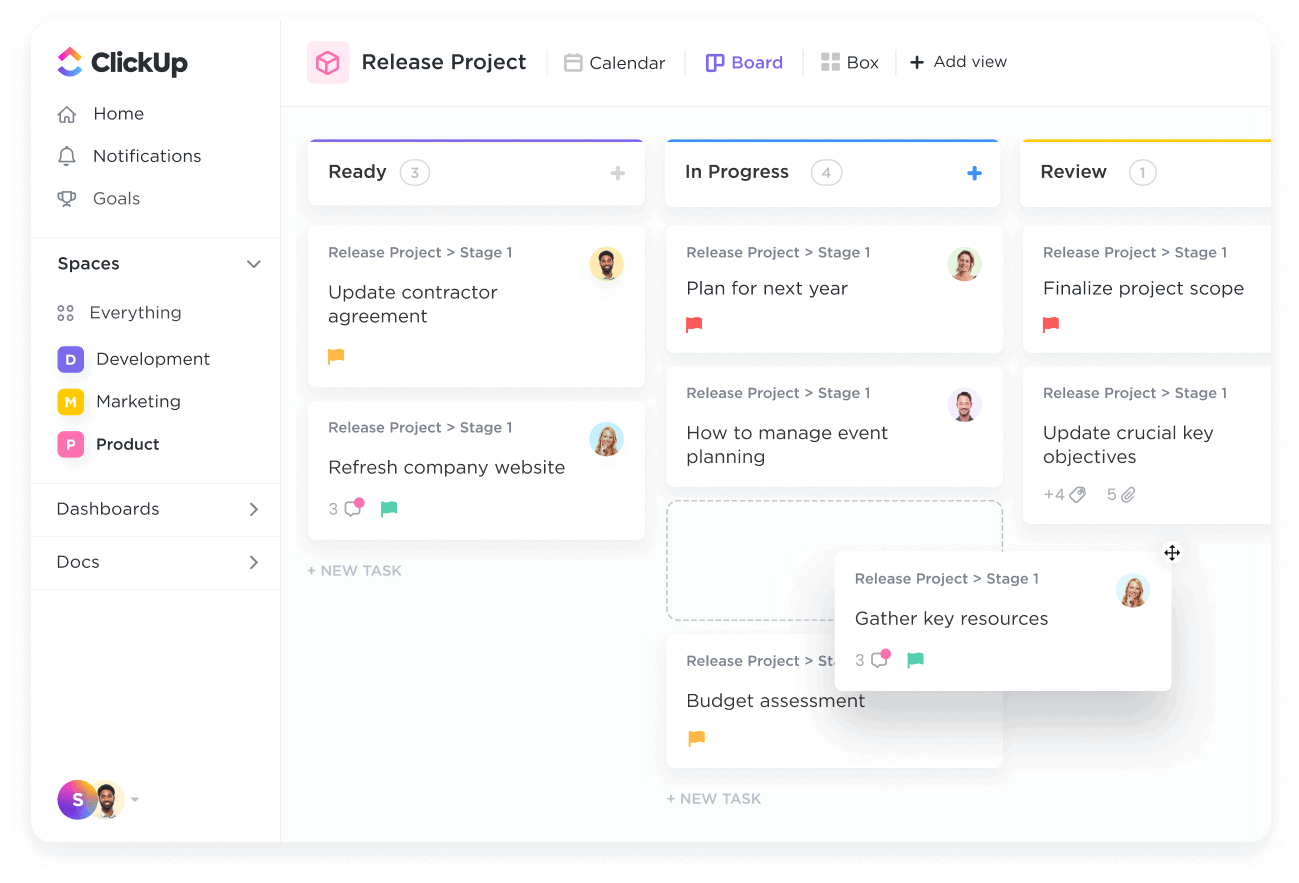
Let’s take a look at how ClickUp can help you implement the teachings of the Project Management Triangle across a range of scenarios.
In any given project, a great deal of the initial budget is quickly eaten up, thanks to inefficiency. Whether it’s too much time spent working on low-priority tasks or effectively assigning resources and reducing costs through streamlining team activity, cost management is key to maintaining a balanced project triangle.
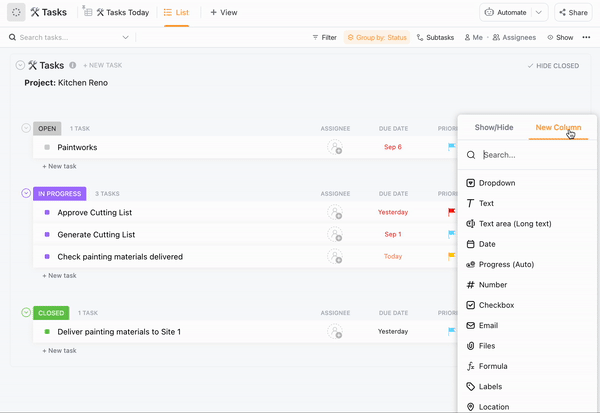
ClickUp’s resource management features are designed specifically to increase the efficiency of teams of any size, especially those working remotely. It offers features to help you visualize resources at a glance, improve team communication and collaboration, and track progress.
You can’t always change a set deadline nor speed up third-party processes, such as material delivery, for example. Some things are just out of your hands. That’s why, as a project manager, it’s crucial to carefully manage your time, the overall timeline of the project, and your team’s time.
ClickUp offers two unique features which enable project managers to excel in time management. You and your team can use ClickUp’s global time tracker, which works both actively and retroactively. Their time tracker is available on all devices, including smartphones which means your team can keep tabs on their work no matter where they are, maximizing their efficiency and minimizing disruptions to your project’s timeline.
Additionally, you can use their Employee Workload Templates to help you manage your team’s time, allocate resources, and reassess the capacity for individual team members to take on new tasks on a rolling weekly basis. Monitoring your team’s workload can help you assign new or more complex tasks to team members or asses who are falling behind or overloaded with tasks.

Bonus: Capacity Planning Templates
Finally, to be a successful project manager, you must be able to negotiate the balance between cost and time by also manipulating and managing the overall scope of your project. That can mean expanding its scope if you find yourself with more time and money on your hands than you’d previously thought or reducing the scope in certain key areas if you’re pressed for resources or your deadline is fast approaching.
ClickUp aids enormously in scope management with the ClickUp Scope of Work Template. You can use this resource to guide you as you collect and document the project’s scope, deliverables, milestones, and more.
Moreover, you can ClickUp’s Work Scope Breakdown Template to allow you to neatly break down the macro version of your project’s deliverables into micro tasks and milestones and track your team’s progress with each as you go.
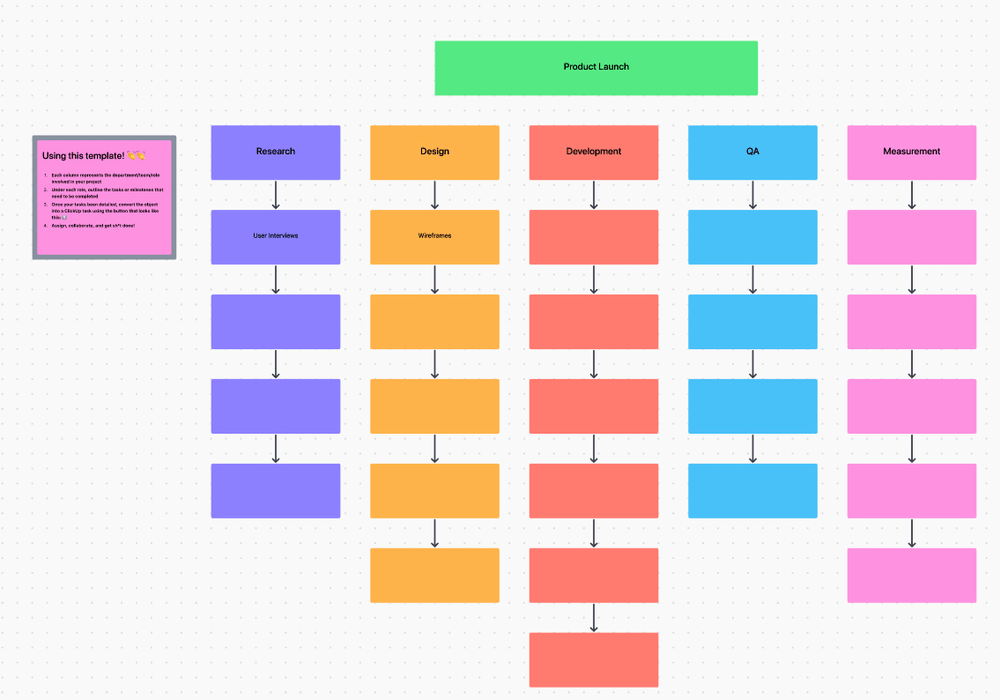
Bonus: Work Breakdown Structure Software (WBS)
Without an effective project manager, even the simplest of projects will fail; failure is measured by the extent to which a project met or did not meet its budget, timeframe, and scope. Interestingly, while larger companies and corporations will have dedicated project managers in roles with the title, in truth, every company has one.
Even if the small, independent café on the corner of your street only has three staff members, one will be operating as a project manager, probably without even realizing so.
And since every business needs a project manager (and a good one at that), it’s paramount that every project manager should have access to the right tools for the job. The Project Management Triangle, paired with management software like ClickUp, is a winning combination. 🤝
Guest Writer:

Veselin Mladenov is the Content Manager of ThriveMyWay.
He has more than 10 years of experience in corporate marketing and sales and decided to pursue his passion for digital marketing and content creation.
© 2026 ClickUp